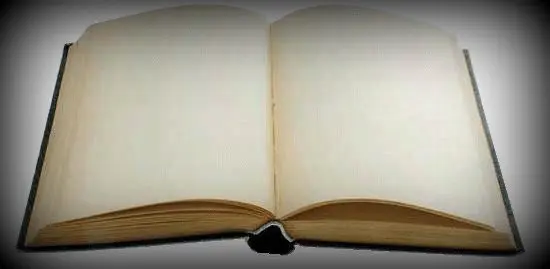
How and where to store trout correctly?
Trout purchased in any form should be stored in the refrigerator. If the fish is purchased frozen, then it is recommended to place it in the freezer as quickly as possible, excluding defrosting or even partial thawing. Fish poisoning is the most dangerous, and with repeated freezing, not only the taste properties change, but also harmful bacteria multiply rapidly.
The nuances of storing trout:
- it is better to store trout in a chilled state not only in the refrigerator, but also using crushed ice (ice can be used from special molds or bags for freezers);
- to extend the shelf life of chilled trout, you can lightly grease its surface with a mixture of a weak solution of vinegar and vegetable oil (before use, the fish must be thoroughly rinsed, removing the remaining oil);
- after several days of storing trout on a bed of ice, a kind of plaque may appear on the surface of the fish (this is not a sign of spoilage, but the plaque must be cut off and the fish should be eaten as soon as possible);
- if you put trout in a marinade of vegetable oil and vinegar, then its shelf life will increase by several days (you need to store the workpiece only in the refrigerator);
- in a salted marinade, trout also retains its freshness for a long time;
- in the freezer, it is better to store trout in parchment paper or plastic bags (this way the taste properties of the fish and the structure of its meat will be better preserved);
- before freezing trout, it is imperative to remove excess moisture with a towel or napkins (fish that is too moist when defrosting will break its structure and lose some of its taste);
- in no case can you accelerate the thawing process of trout (this type of fish is thawed first in the refrigerator, and then at room temperature);
- only peeled and gutted trout should be frozen (you can wash the fish, but moisture should be removed as much as possible with a towel);
- chilled trout should not be stored near smoked meat or sausages (the fish will absorb the smell of such products and change its taste);
- placing dairy products next to trout can negatively affect their quality and smell (trout must be stored separately or the fish must be placed in closed containers);
- if you put fresh trout in salt water, and then put it in the refrigerator, then the fish will be preserved better;
- If you sprinkle trout (only fresh or chilled) with granulated sugar, then as a result of a kind of preservation, you can extend the shelf life (sugar is easily washed off with water and does not affect the taste of the trout).
Traditional methods of trout conservation are widely used by housewives. For example, if you put a slice of white bread dipped in vodka next to a fish, the fillet will retain its juiciness longer and better. Sprigs of mint or wormwood also contribute to better fish preservation.
How much and at what temperature to store trout
Trout belongs to the category of fish with rather fatty meat, so it is recommended to keep it frozen for no more than 6 months. Repeated freezing is not allowed. Freeze trout as quickly as possible. If the fish was stored for a long time in the refrigerator and began to lose its taste, then freezing the situation will not change and the taste will not return.
Trout can be kept refrigerated for several days. In stores, this period can be up to a month, but the conditions of the showcases cannot be reproduced in the refrigerator. If the trout has not been eaten within 2-3 days, then it must be frozen urgently.
For 7-10 days, marinated trout or salted fish can be stored in the refrigerator. In this case, it is important not to create too sharp changes in temperature. For example, if the workpiece is moved to room conditions, and after a long time back to the cold, but this can negatively affect the shelf life. If trout is eaten in portions, then after separating the required amount, the main fish must be immediately sent to the refrigerator.
The relationship between temperature and shelf life of trout:
- from -1 to -2 degrees – two weeks;
- from -15 degrees – 6 months;
- from -2 to +2 degrees – 3 days;
- from 0 to +2 degrees – 2 weeks.









